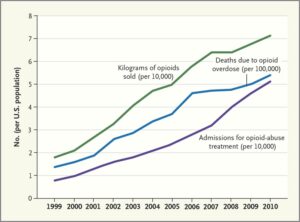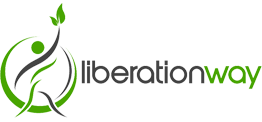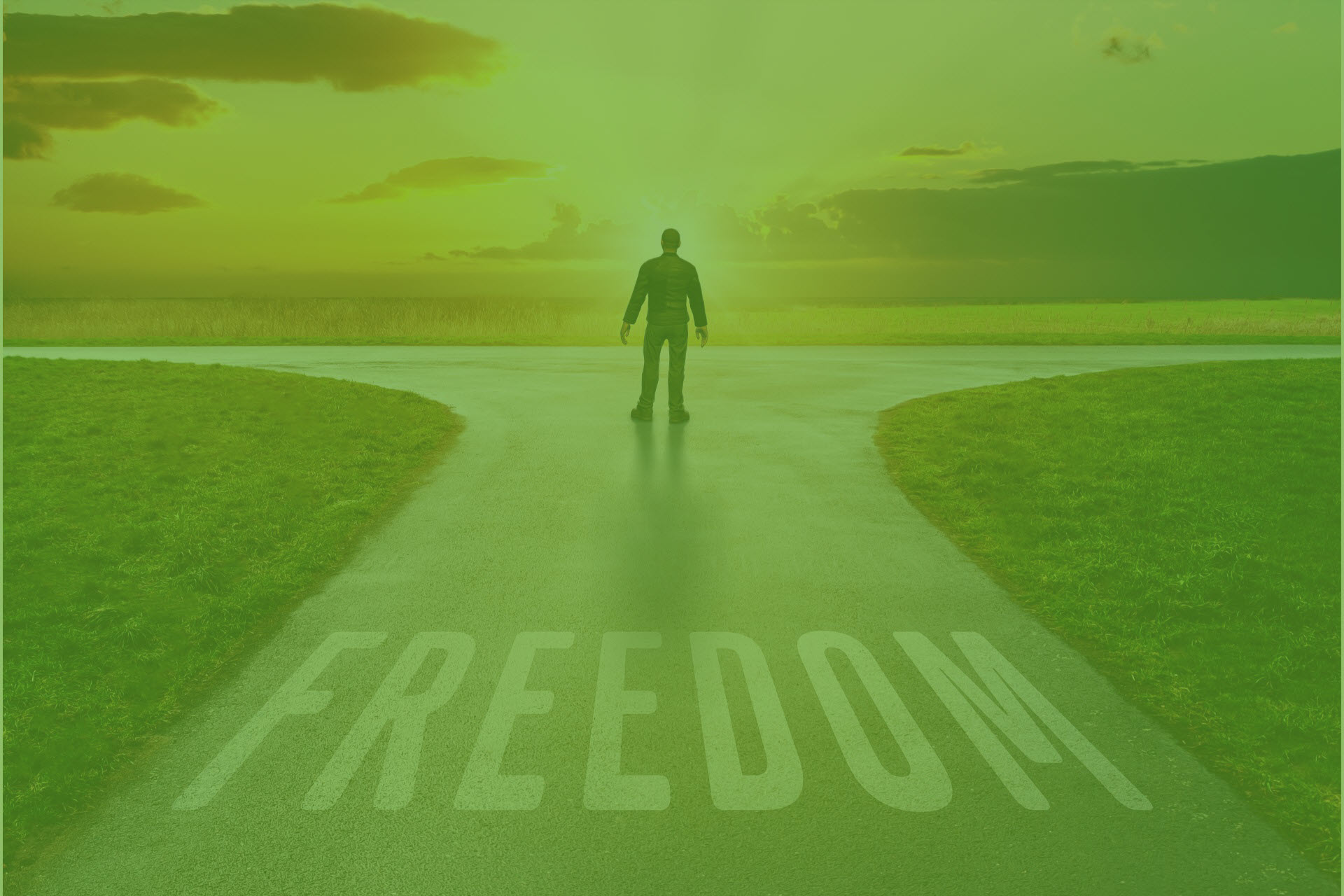San Francisco California Opiate Treatment And Rehab
Contents
- 1 San Francisco California Opiate Treatment And Rehab
- 2 Opiate Addiction Treatment near San Francisco
- 3 How Do San Francisco Residents Know if They Are Addicted to Opioids?
- 4 How Is Opiate Addiction Dealt With in San Francisco CA?
- 5 The Length Of Time Is San Francisco Rehab for Opioid and Heroin Addiction?
- 6 How Much Does Treatment for Opiate and Heroin Addiction in San Francisco Cost?
- 7 What Is the Best Treatment for Heroin Addiction near San Francisco?
- 8 How Are Opiate Withdrawal and Abuse Dealt With in San Francisco?
- 9 San Francisco Opioid Treatment Centers
- 10 Should We Keep Narcan in Our House?
Opiate abuse is a globally-reaching pandemic and millions of individuals are fighting with this powerful type of addiction. A customized treatment strategy can assist guide clients toward recovery.
Opiate Addiction Treatment near San Francisco

An Opiate addiction is an illness that infiltrates the brain and damaged essential organs. The only way to conquer this dependence is with addiction treatment. Treatment frequently occurs at an inpatient or outpatient rehab center, and incorporates a range of various therapies, medications and other helpful tools.
The length of time required for treatment varies with each individual. For some people, treatment happening throughout a 30-, 60- or 90-day program provides them with the tools required to keep sobriety. However, others may choose to remain in treatment after 90 days to make sure the very best possibilities of remaining sober throughout recovery.
If you’re ready to start the recovery process, act now. Overcoming an addiction might be among the hardest things you’ll ever do, but going to rehab will be a fantastic decision to live a much better life.
How Do San Francisco Residents Know if They Are Addicted to Opioids?
While there isn’t a blood test or other laboratory work to detect addiction, there are distinctive behavioral indicators that the illness has taken hold. If you obsess about getting the drug and utilizing the drug and then spend the remainder of your time recovering from the effects of substance abuse, you’re most likely looking at addiction. Other telltale signs include compromising your worths, behaving in manner ins which put yourself or others at risk, and experiencing unfavorable repercussions in your relationships and other elements of your life since of your use.
If you’re uncertain about the degree of your problem, take a brief inventory to get a better sense of just how much your drug use is impacting your life.
How Is Opiate Addiction Dealt With in San Francisco CA?
Heroin and opioid treatment programs and services vary by provider and by the type and level of services needed to efficiently resolve your particular scenario. Here are some essential components of successful opioid addiction treatment programs:
- Medical detox
- Evaluations including medical, mental health and substance abuse history
- Mental health services
- Medical services
- Medication-assisted treatment
- Group and one-to-one chemical health services
- Wellness and fitness
- Twelve Step Facilitation
- Nutritional counseling
- Individualized preparation
- Family services
- Spiritual care
- Educational and experiential workshops
- Post-rehab planning
It’s likewise crucial to know that your rate through rehab will not correspond those around you. While there are common turning points in recovery from opioid use disorder, your recovery course will be your own– based upon your specific situation, obstacles and requirements. Several of the following rehab levels may be recommended for you:
- Inpatient– 24/7 staffing and programming: High-Intensity Outpatient Program– 20 or more hours of programming a week for 4 or more days each week with possible on-site sober housing alternatives
- Intensive Outpatient Program (IOP): Usually begins with 12 hours of programming for 4 days weekly however can lessen in time as you advance in your recovery
- Continuing Care: This can be anywhere from one to 8 hours a week depending on your needs
The Length Of Time Is San Francisco Rehab for Opioid and Heroin Addiction?
The length of time you participate in an opioid treatment program will be based upon your private needs. Our clinicians will work with you, your family and your insurance coverage provider to come up with the very best prepare for you. Like diabetes or high blood pressure, addiction is a chronic disease. Restoring and preserving your health means learning to handle your symptoms, first within the structure and assistance of a rehab setting and eventually in your home environment where you’ll be in charge of your sobriety.
The latest scientific research study on recovery from substance abuse recognizes continuous participation in recovery-focused activities as the very best predictor of long-term sobriety. Active engagement is particularly essential throughout your very first 18 months of recovery when the risk of relapse is most extreme.
Related Location: San Diego California Opiate Treatment And Rehab
How Much Does Treatment for Opiate and Heroin Addiction in San Francisco Cost?
The cost of treating opiate addiction depends on the provider you pick, the level of care suggested and your length of time in rehab. Your cost will likewise depend on whether you have insurance coverage for rehab or you are paying out-of-pocket. Liberation Way is an in-network provider with many insurance carriers. Most of our patients access insurance coverage benefits to assist cover the expense of treatment. Insurance policies and benefits differ greatly. As a non-profit treatment center, the Liberation Way Structure provides Patient Financial Support funds when available, on a minimal basis, to help offset costs for qualifying clients. Find out more about insurance coverage alternatives.
What Is the Best Treatment for Heroin Addiction near San Francisco?
In 2015, in recognition of the country’s emerging opioid addiction crisis consisting of an unprecedented epidemic of opioid overdose deaths– clinicians at Liberation Way developed the Comprehensive Opioid Response with the Twelve Actions (right ® )program, a medication-assisted accessory to our evidence-based Twelve Step treatment programs.
If you are diagnosed with opioid use disorder, treatment might be recommended by your Liberation Way scientific group to:
- Alleviate the pain of opioid withdrawal with making use of Suboxone (Buprenorphine).
- Minimize cravings.
- Assist you engage more successfully in rehab programming and activities.
Our instant goal is to assist you survive the discomfort of opioid withdrawal and reduce drug cravings. Even more, we aim to supply our clients with customized care that welcomes multiple paths to recovery and promotes continual engagement in treatment to enhance their progress towards healing from addiction and life-long recovery.
Opioid treatment at Liberation Way starts with a clinical team of addiction experts who will develop a strategy to address your specific recovery requirements and difficulties. In developing your rehab strategy, this multidisciplinary group will consider multiple variables, consisting of:
- Substances addicted to.
- Physical health.
- Mental health.
- Family relationships.
- Gender.
How Are Opiate Withdrawal and Abuse Dealt With in San Francisco?
At Liberation Way, medications are utilized to relieve withdrawal symptoms, if clinically shown. Our medical specialists will deal with you to make withdrawal and detox as comfortable as possible.
Once your medical condition is stabilized, your medical group will advise the very best right pathway for you. We provide three rehab paths for opioid use disorder:
- No Medication: You will be gradually tapered off of Suboxone ® over a one- to two-week period while in residential rehab. You will participate in the very same treatment therapies, activities and groups as other patients in the right program.
- Buprenorphine/Naloxone (taken on an everyday basis): Buprenorphine/naloxone (Suboxone ® )is a mix of 2 medications in one film, which liquifies under the tongue. Buprenorphine is a “partial opioid agonist,” meaning it can block opioid withdrawal symptoms and cravings but does not have all the results of other opioids. If taken by injection, the naloxone in Suboxone ® prevents any blissful impacts or breathing issues. You can experience opioid withdrawal symptoms when you stop taking buprenorphine/naloxone but not as seriously as you would if withdrawing from heroin use or other opioid/opiate drug use.
- Extended-Release Naltrexone (injected every 4 weeks): Naltrexone is an “opioid receptor antagonist,” suggesting it obstructs the impact of opioids. If you use opioids while naltrexone remains in your system, you will not get high. Naltrexone itself has no euphoric effects and does not cause dependence, withdrawal symptoms or breathing issues. It has actually been shown to reduce cravings and the possibility of relapse. Extended-release naltrexone (Vivitrol ®) is a formulation of naltrexone that is injected and slowly launched.
Many treatment centers use Methadone for opioid use disorder. Find Out why Liberation Way uses Suboxone instead of Methadone for opioid use disorder.
San Francisco Opioid Treatment Centers
Liberation Way opioid treatment programs use rehab services across the country. Please call us at (866) 275-3142 to speak with an addiction specialist right away.
Related Location: Seattle Washington Opiate Treatment And Rehab
Should We Keep Narcan in Our House?
According to the National Institute on Substance Abuse (NIDA) and the Drug Abuse and Mental Health Solutions Administration (SAMHSA), having Narcan on hand might be a lifesaver for households who have an enjoyed one in recovery from opioid use disorder. Narcan is the brand for a drug called Naloxone, which blocks the effects of an opioid overdose.
Individuals who depend on opioid drugs face unique difficulties that can weaken their capability to accomplish long-term recovery. Stress and anxiety, anxiety and extreme craving for opioids can continue for months, even years. These dynamics create a high threat for unexpected overdose and death during relapse. When individuals with opioid dependence stop using– for days, weeks or perhaps years– and then pick up again, their tolerance for the drug modifications so that an amount they might formerly tolerate can become a lethal dosage.

